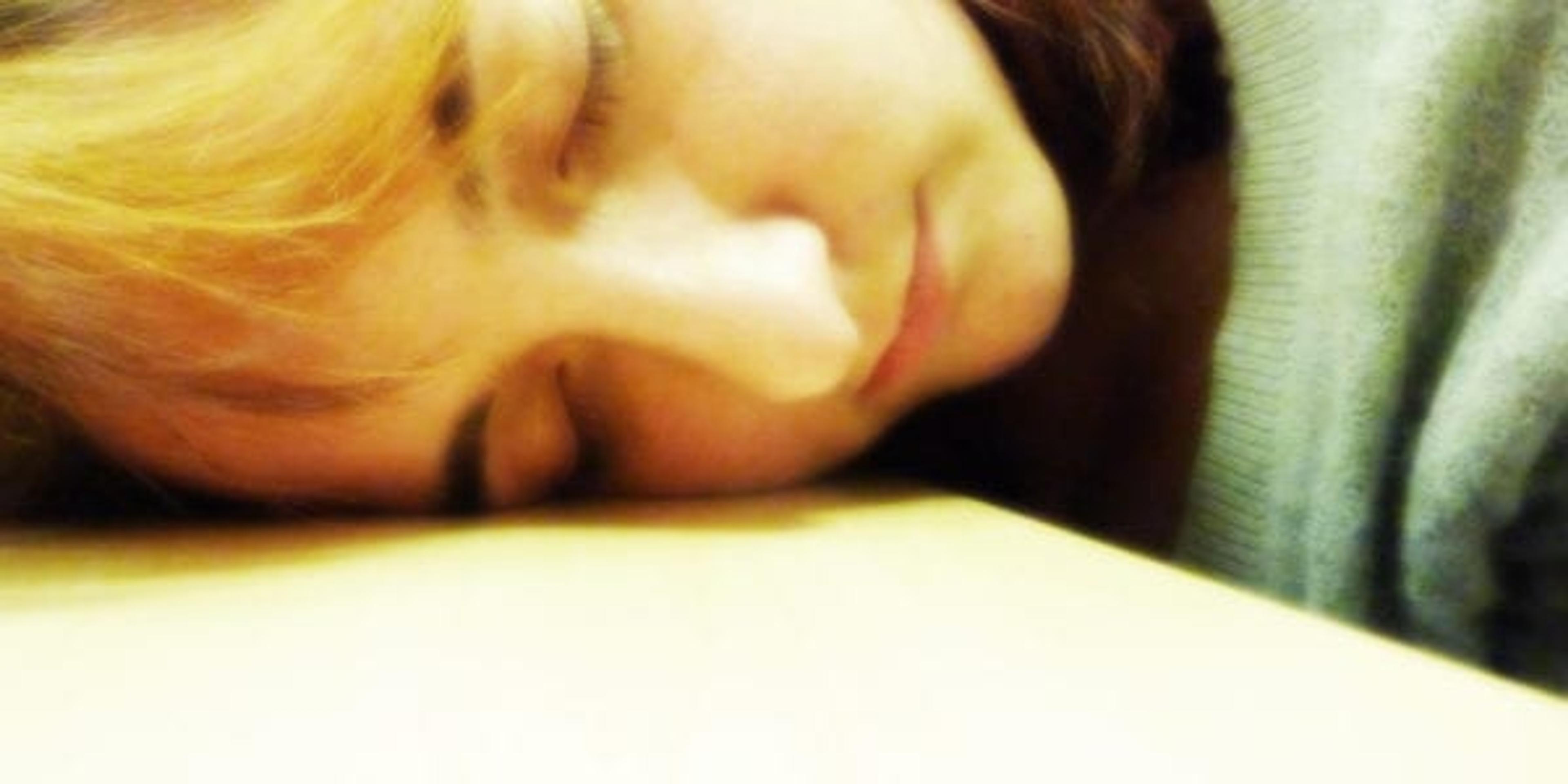Take a Nap at Work? It Could Save Your Company Lots of Money
| 2 min read

There’s a classic Seinfeld episode where George Costanza tries to take a nap under his desk at work. While sneaking in sleep at the office is not a good idea, he’s not the only employee who is desperate for some shut-eye while at work. A recent survey showed that 76 percent of employees feel tired at work multiple days a week.
All those drowsy eyes are costing U.S. companies a whole lot of money. In fact, the loss in productivity due to insomnia and exhaustion is $63.2 billion according to research from Harvard Medical School. The problem isn’t that people stay home from work to catch up on sleep, it’s that they show up at work but don’t get nearly as much done as they would if they were well-rested. In other words, what should take them an hour to accomplish takes two hours because exhaustion makes it tough to focus.
There’s an interesting trend happening to counteract this problem: approved naps at work. These aren’t “hiding under the desk” situations; companies are actually encouraging employees to catch a few winks in the office by having designated napping rooms. The rooms have little pods in them for privacy or even just recliners to encourage employees to lie down. While tech companies like Google were among the first to embrace employee napping, other companies like the Huffington Post, Ben & Jerry’s and Zappos are embracing the trend.
If your HR department is less than thrilled at this concept, reassure them that employees wouldn’t need to disappear for hours at a time to reap the rewards—even a 20-minute dose of shut-eye can help you finish your workday strong. That’s how long it takes to make you feel more alert and perform better without causing grogginess. And what manager wouldn’t want that?
For other ways to feel alert and well-rested at work, check out these posts:
Photo credit: Sarah





